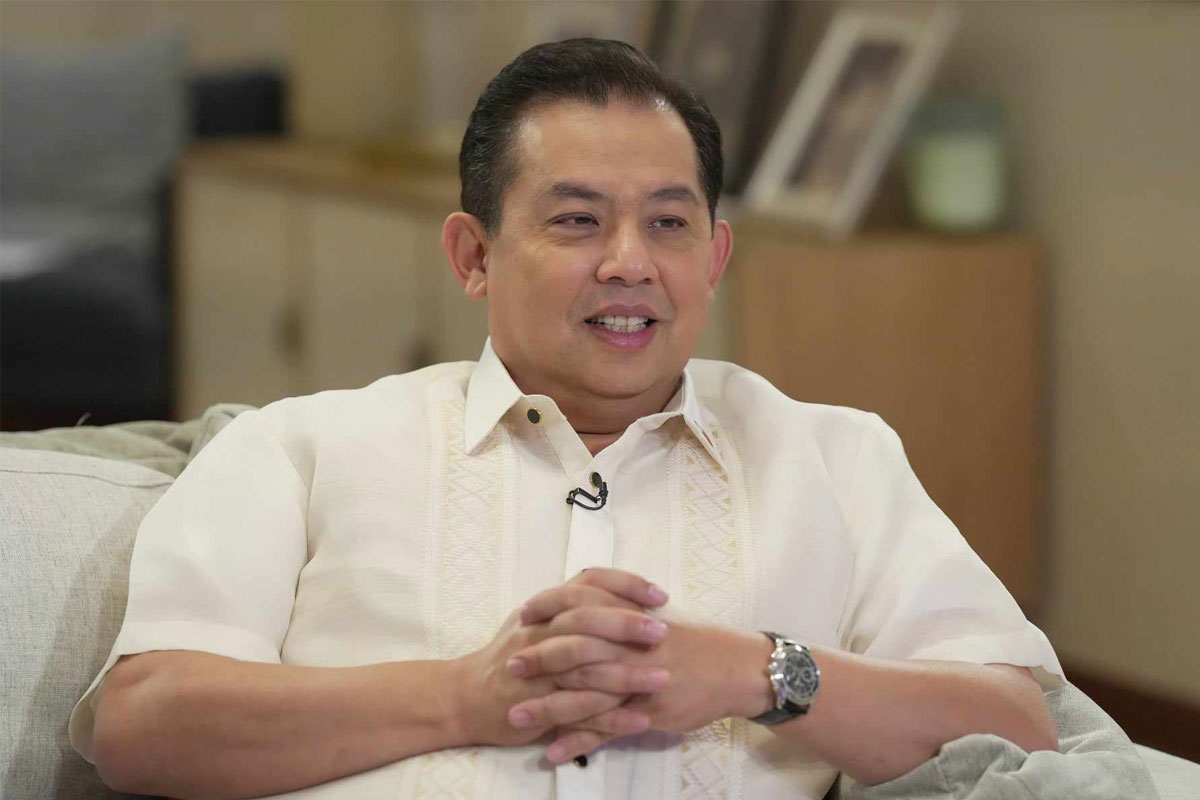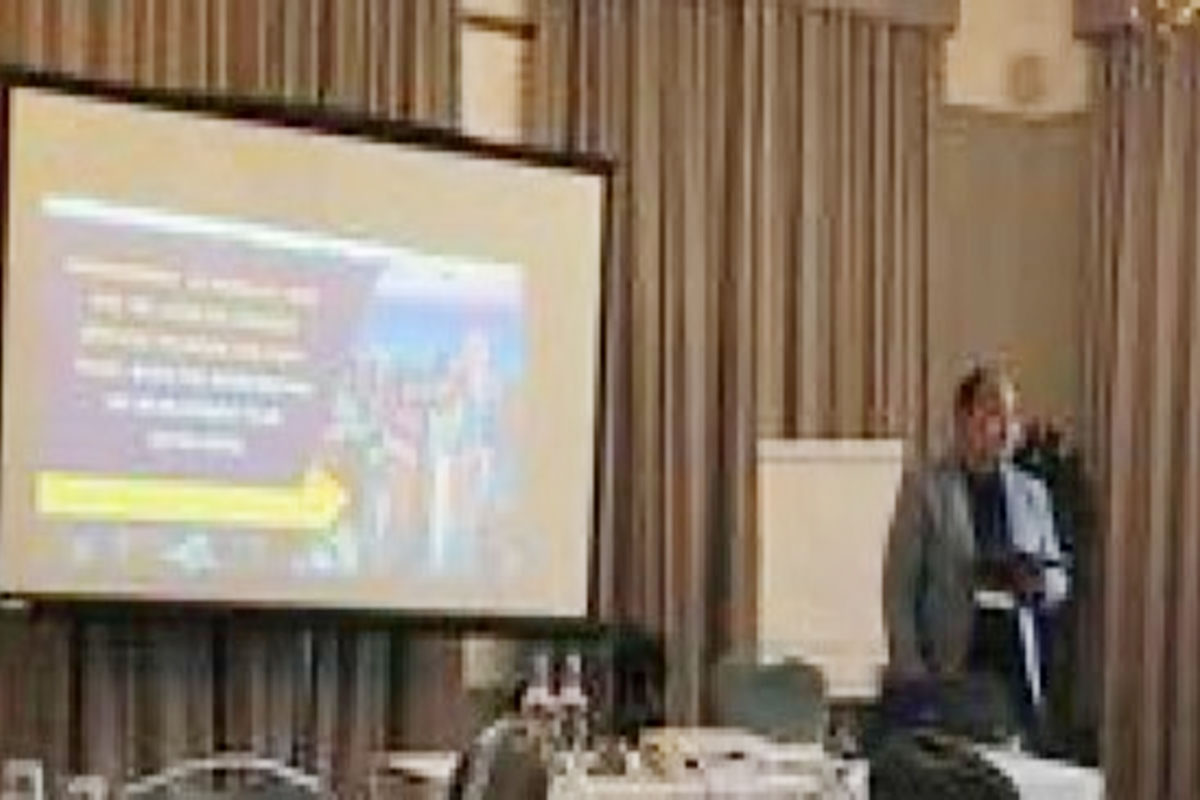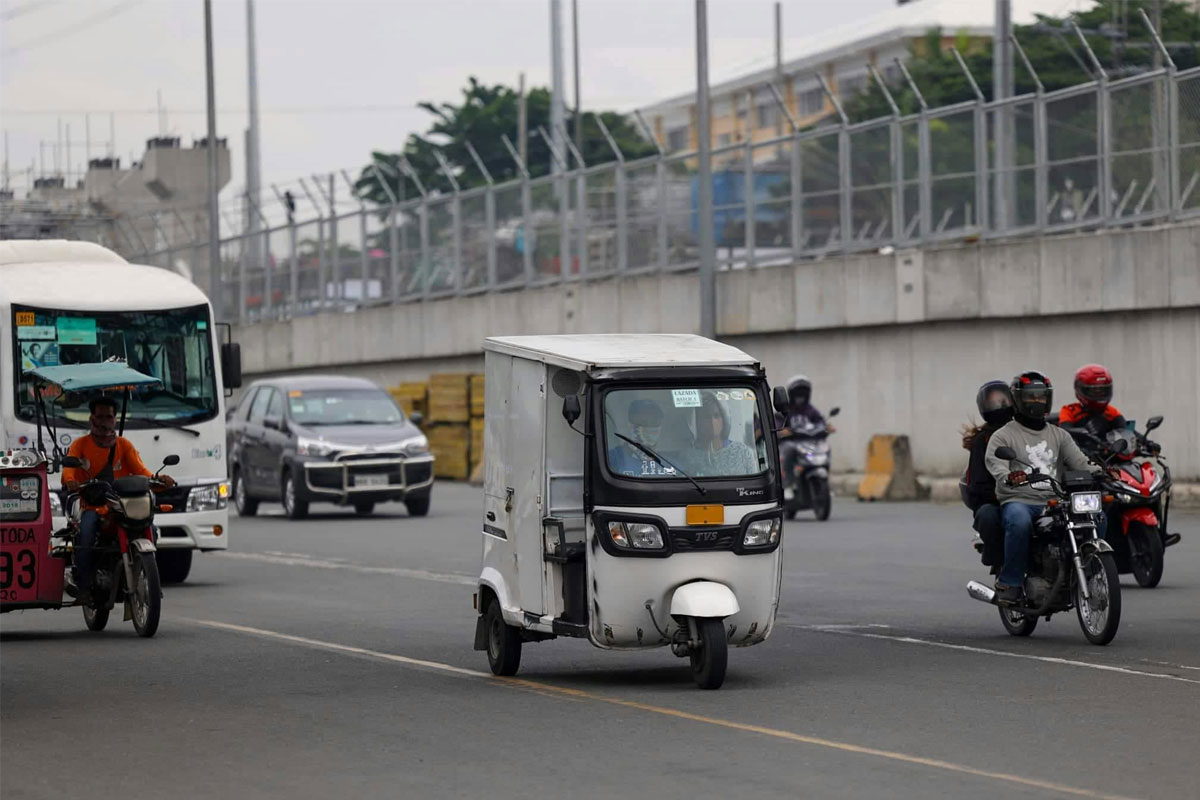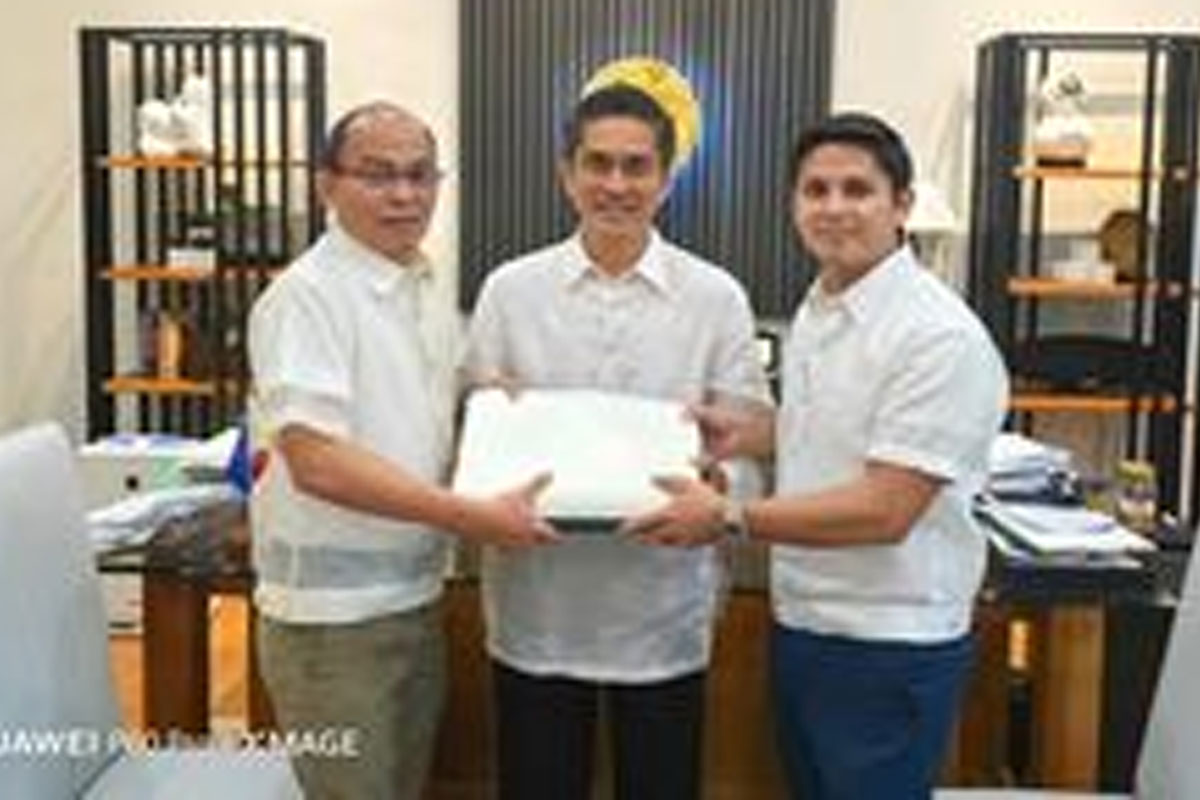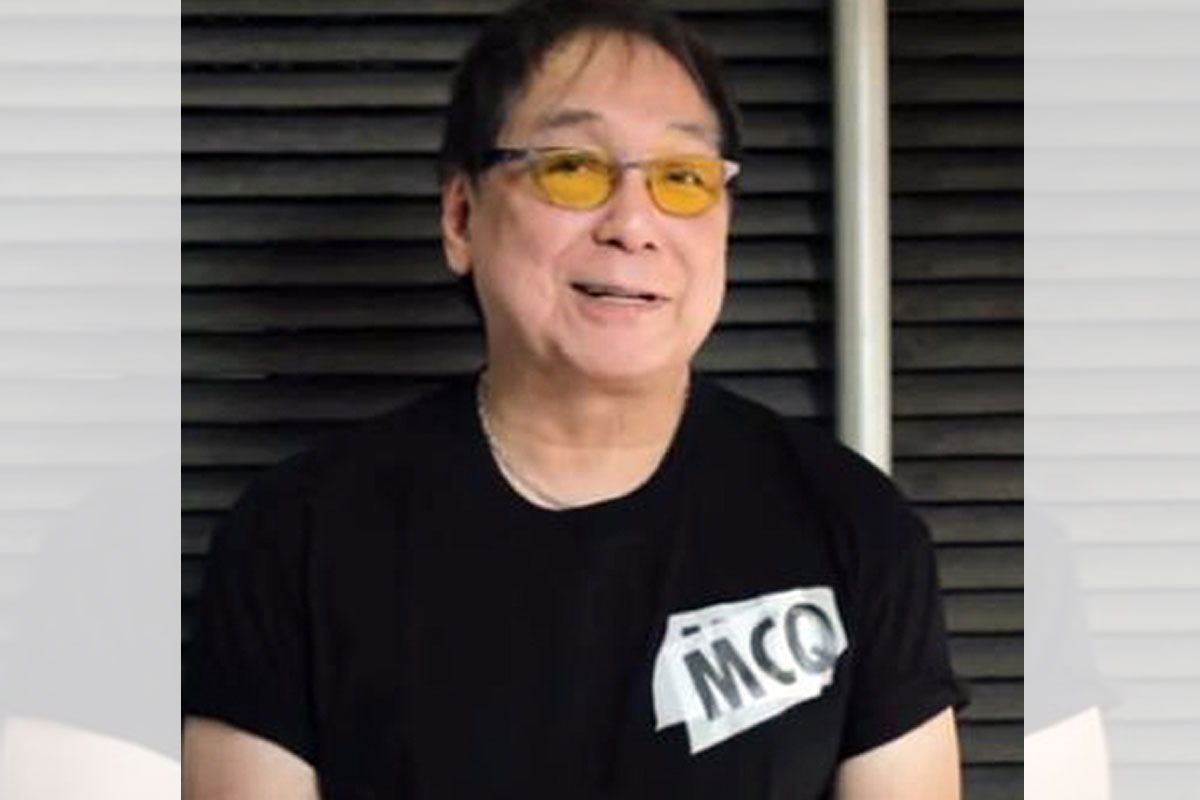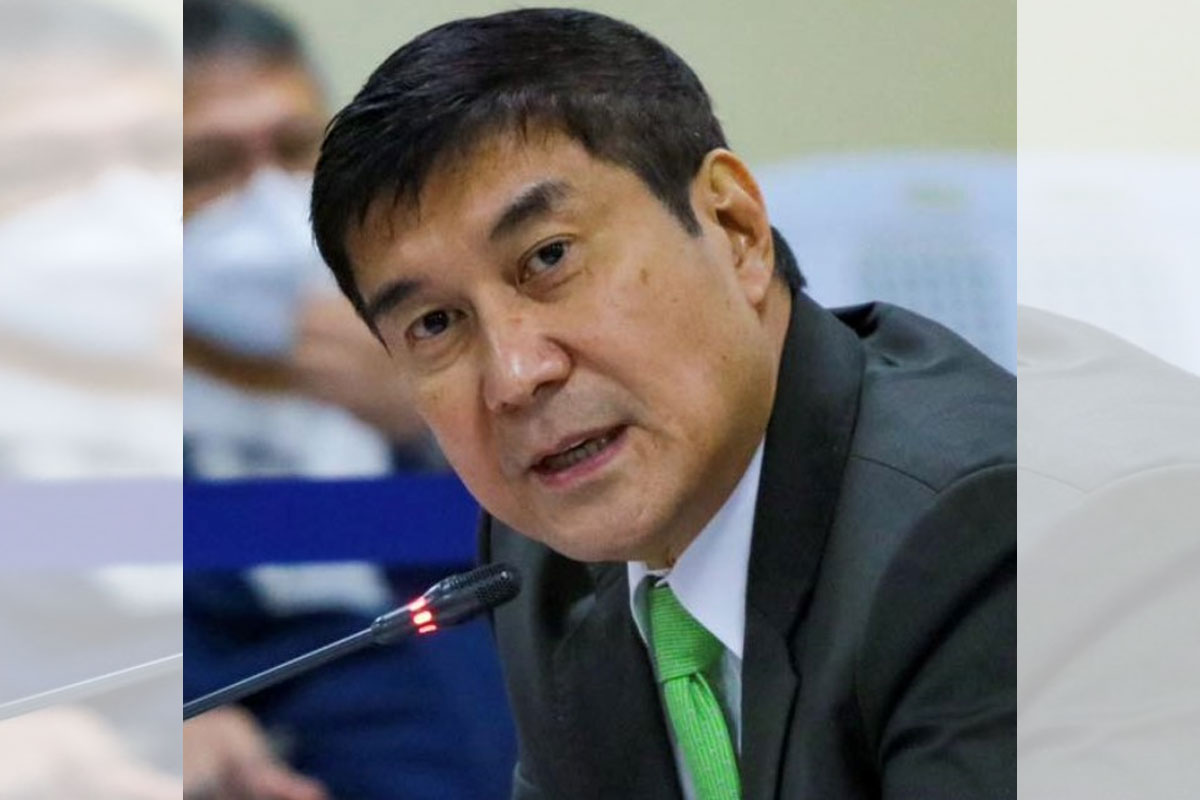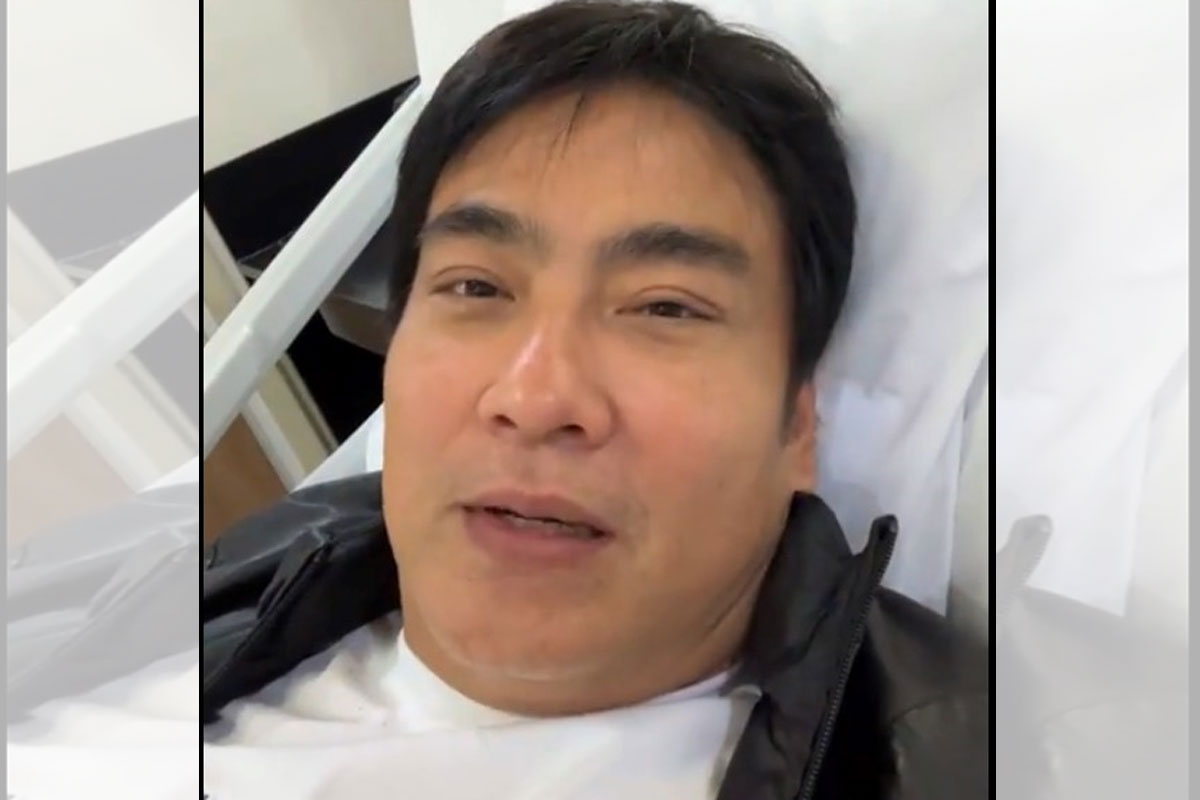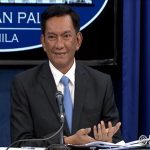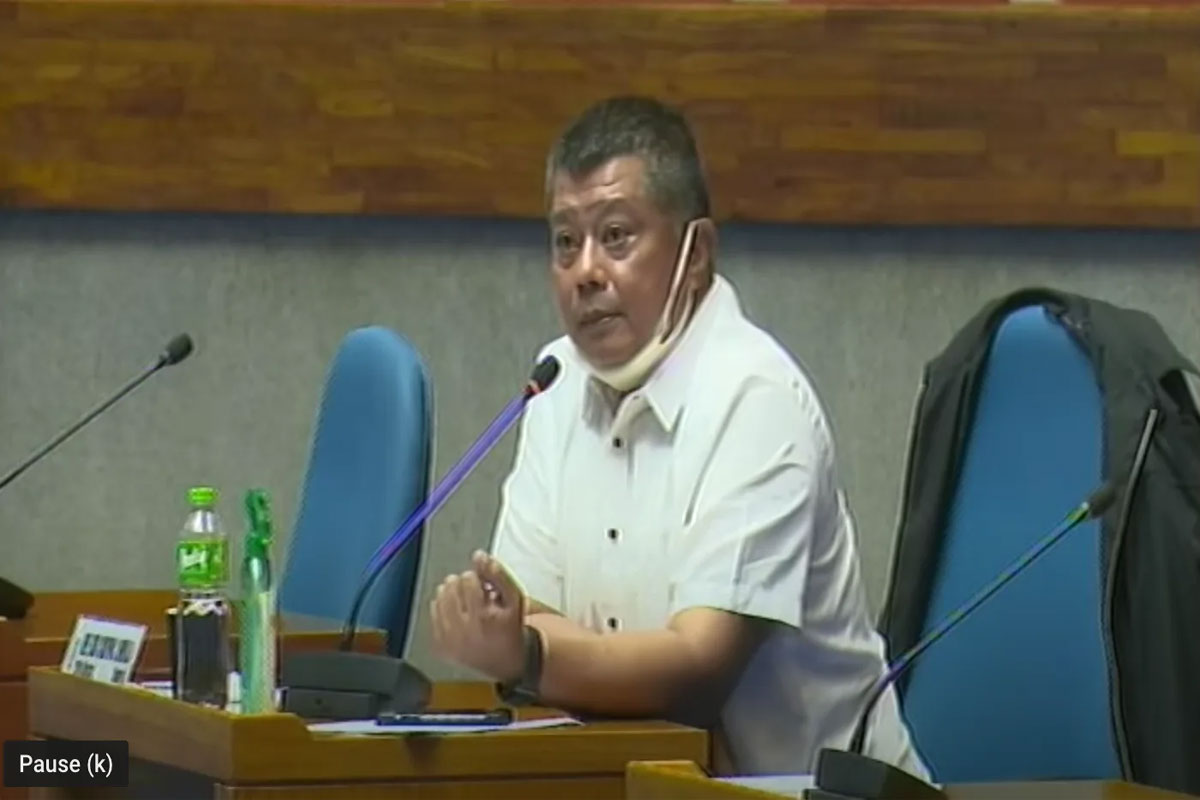
‘Middleman’ who relayed kill order on Lapid dies in prison
PDEA reiterates policy on blurring suspects’ images amid Lapid gunman case
THE Percy Lapid murder case took a strange twist when Justice Secretary Jesus Crispin Remulla on Thursday bared that the Bilibid inmate who supposedly relayed the order to kill the popular broadcaster has died at the New Bilibid Prison (NBP) in Muntinlupa City last October 18.
Interviewed over DZMM, Remulla said that an autopsy to determine the real cause of death of the still unnamed person deprived of liberty (PDL) is still ongoing.
It can be recalled that self-confessed gunman Joel Escorial upon his surrender, claimed that the order to assassinate Lapid came inside the walls of the NBP.
According to him, they were six of them originally to do the hit and were paid a total of P550,000.
Remulla has directed the National Bureau of Investigation (NBI) to conduct an investigation into Escorial’s revelation.
“The NBI is playing a secondary role in terms of investigating sa conspiracy na meron pong involved sa Bilibid,” Remulla said in an earlier interview over GMA’s dzBB.
“Yung unang utterance kasi sa Bilibid raw nangyari, yan po yung pinapaimbestigahan ko sa NBI,” he added.
‘Blurring suspects’ faces in line with the Data Privacy Act of 2012 – PDEA’
It’s a highly-contentious human rights issue that really needs to be resolved by law enforcement agencies amid the Marcos government’s strict adherence to the protection of the people’s basic rights, arrested law offenders included.
On Wednesday, the Philippine Drug Enforcement Agency (PDEA) reiterated its policy on the blurring of images of arrested drug suspects amid questions arising from the published blurred pictures of the eldest son of the Department of Justice Secretary Jesus Crispin “Boying” C. Remulla Jr.
The DOJ chief’s son is now facing non-bailable charges for importation and possession of prohibited drugs under the Republic Act (RA) 9165 or the Comprehensive Dangerous Drugs Act of 2002.
He was arrested by agents of the PDEA and members of the Ninoy Aquino International Airport Inter-Agency Drug Interdiction Task Group (NAIA-IADITG) in a controlled delivery operation in Las Piñas City on October 11.
“We adopted a set of protocols in March this year, measures that would better align our anti-drug operations with the spirit of Republic Act No. 10173 or the Data Privacy Act of 2012,” said PDEA chair, Director General Wilkins M. Villanueva in a press statement.
These measures include a prohibition on parading arrested drug suspects during press conferences with the media after a successful anti-drug operation, the PDEA chair said.
“This practice was common to all law enforcement units in the past and was banned by PDEA after determining that the practice violated the constitutional rights of the accused, particularly the presumption of innocence until guilt is proven,” he explained.
“Another discontinued practice is the publication – online or otherwise – of the pictures or images of arrested suspects, particularly mugshots of the individual. Pictures provided to the media which contain images of the suspect must have the individual’s face obscured or blurred, similar to what is practiced for pictures containing the faces of law enforcement agents,” he added.
“We understand that the public has a right to have access to information on matters related to public order and safety. Our Public Information Office makes sure that our media partners have access to timely information on everything related to drug law enforcement. But we also put equal importance on human rights, on due process, and we hope the public understands this difficult but necessary balancing act,” Villanueva said in defending their move to blur the mugshots and other photos of the young Remulla during his arrest.
‘PNP also has policy on non-presentation of suspects to media’
The Philippine National Police (PNP) also has a strict policy prescribing the presentation or non-presentation of suspects to the media. It was first released in 2008 to “ensure the balance of polarity between the constitutionally provided right of the suspect vis-à-vis his presumption of innocence on the one hand; and the right of the state to public order and safety and access to information on matters of public information on the other hand.”
On Tuesday, however, Department of the Interior and Local Government Secretary Benjamin “Benhur” S. Abalos Jr. presented to the media in Camp Crame Joel Salve Estorial, the confessed gunman in the killing last October 3 in Las Piñas City of radio block-time Percy Mabasa aka “Percy Lapid”.
Amid the government’s resolve to bring justice to the victim and his family and protect journalists, the DILG official interviewed the confessed killer, who was made to wear a Kevlar helmet and a bullet-proof vest in front of the press. Estorial made several revelations, including his accomplices, the P550,000 prize offered to kill Lapid and the purported involvement of some “insiders” at the New Bilibid Prisons (NBP) in Muntinlupa City.
Last Tuesday’s media presentation of Estorial, which the DILG chief made to give the public an update on the Lapid case and attract the attention of informants who will get a P6.5 million reward for any information that would lead to the capture of remaining suspects, came in the wake of similar incidents in the past wherein police officers were admonished or given reprimands for violating the PNP policy on the presentation or non-presentation of suspect/s to the media.
Citing the Philippine Constitution, Rule 113 of the Rules of Court, and the PNP Police Operational Procedures on Arrest (Rule 11, Special Procedures), a former PNP chief, now retired General Jesus A. Verzosa, approved the policy following a lengthy study made by a PNP Technical Working Group.
The policy said that “in line with the objective to inform and protect the public from unscrupulous individuals, it has been the practice of the PNP to present suspects to the media in a ‘firing line’ (arrested suspects in orange t-shirts behind police officers).”
“However, the presentation of the suspects to the media is not only violative of their human rights of presumption of innocence but also of their human rights subjecting them to unwanted publicity, thereby besmirching their name and reputation, including that of their family before guilt is proven,” it added.
As a result, the PNP leadership then declared that “suspects arrested for any violation of the law shall in no case be presented in a ‘firing line’ to the media.”
The PNP also ruled that “the arresting PNP office may use the media, print and broadcast alike to inform the public about the arrest of the suspect/s, the crime committed, the nature and circumstances, the time and place of the commission and other persons involved.’
The same policy also said “that the PNP may continue publishing the pictures of wanted persons with warrant/s of arrest including their personal circumstances in any medium, their continued absconding of justice would further derail and deny the administration of justice. However, once arrested, arresting officers shall in no case present them to the media in a ‘firing line’ manner; provided that the provision of Republic Act 9344 or the Juvenile Justice and Welfare Act) as regards to the treatment of Children in Conflict with Law shall be strictly adhered to.”
The PNP policy also made it clear that “the police shall not allow any form of manhandling or infliction of bodily harm, such as slapping, boxing and the like, the person of the suspect by any person. Likewise, it is stressed that proper criminal charges must be filed against anyone who physically maltreats or harm the suspect while in police custody.”
The policy likewise says that “the concerned PNP office shall designate an area/space (i.e., police station lobby/ service desk area, press briefing room, etc.) where media can have permissive access to information relative to an incident or any policy activity, in conformity with existing policies and regulations. Other areas that are not so designated shall be deemed exclusion areas where security measures are to be strictly enforced,”
Lastly, the PNP made it clear that “PNP personnel found violating the guideline shall be administratively charged for less grave neglect of duty pursuant to Napolcom Memorandum Circular 2007-0001which pertains to ‘failure to execute lawful orders from higher authority or tolerate any subordinate to ignore or ridicule any order, rule or regulation.’” By Hector Lawas and Alfred Dalizon



